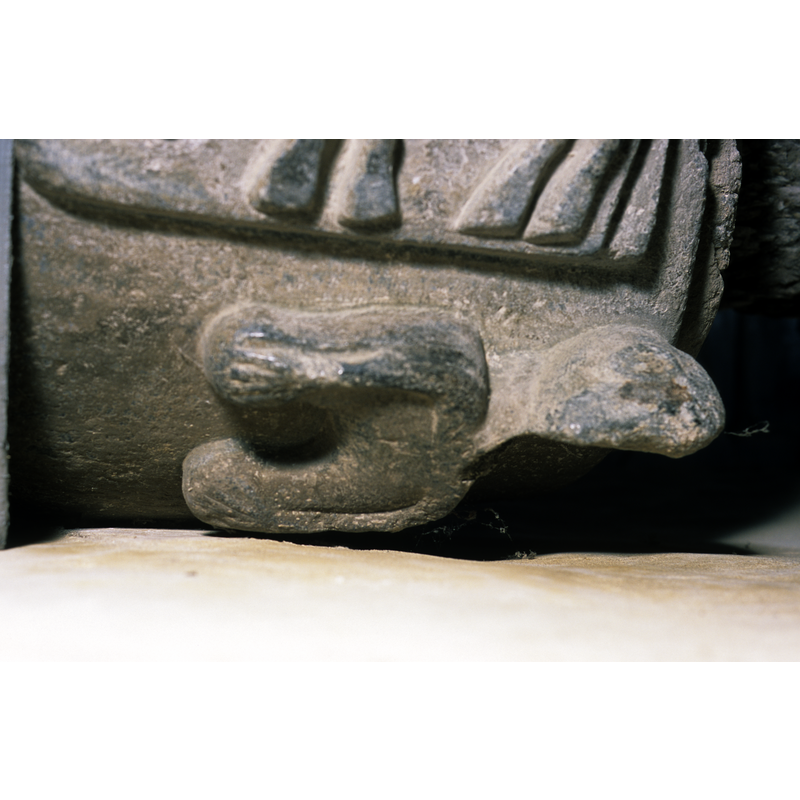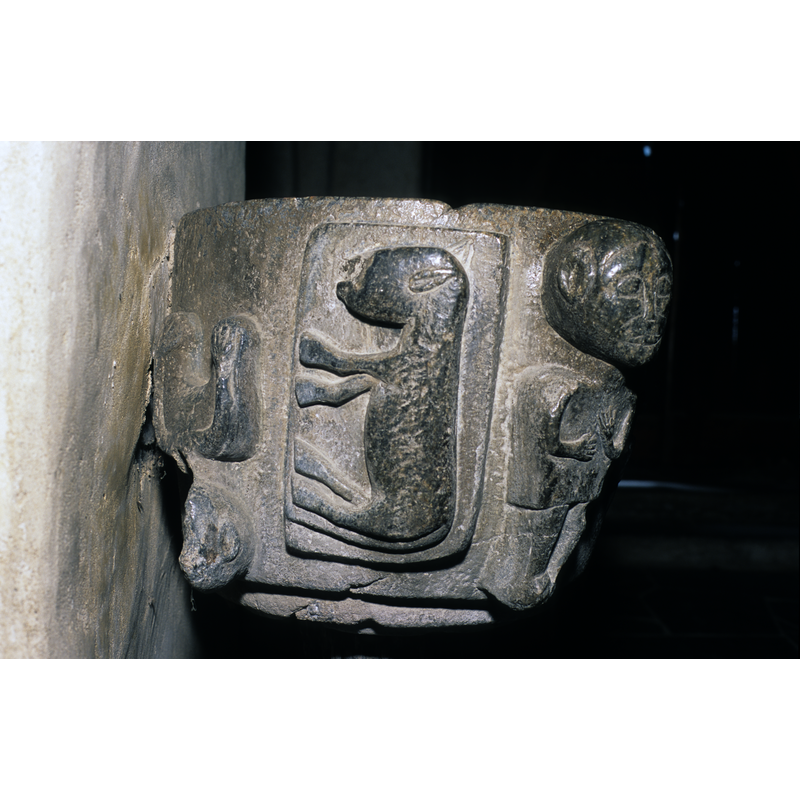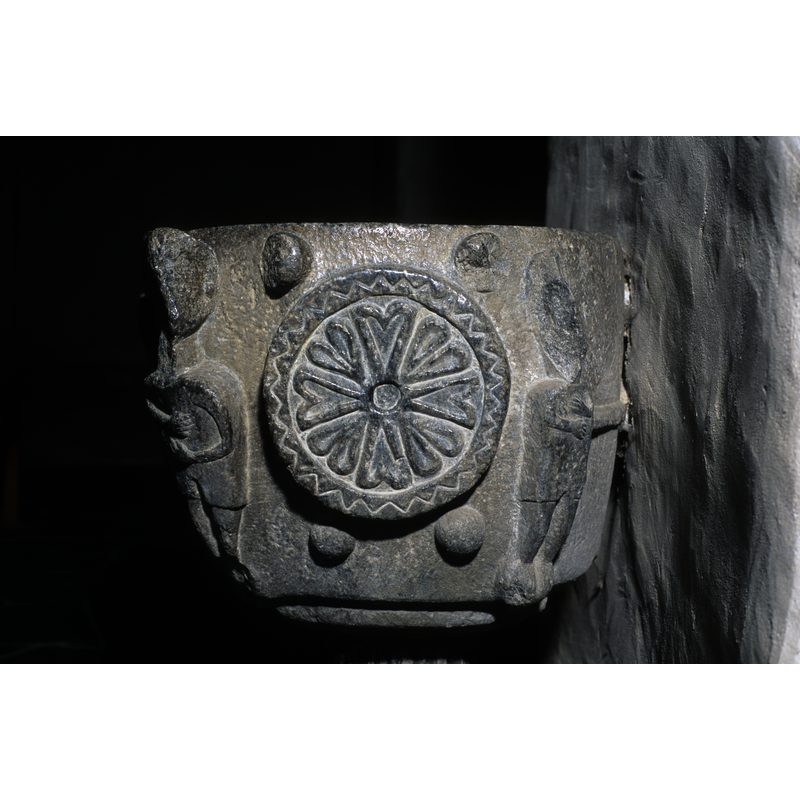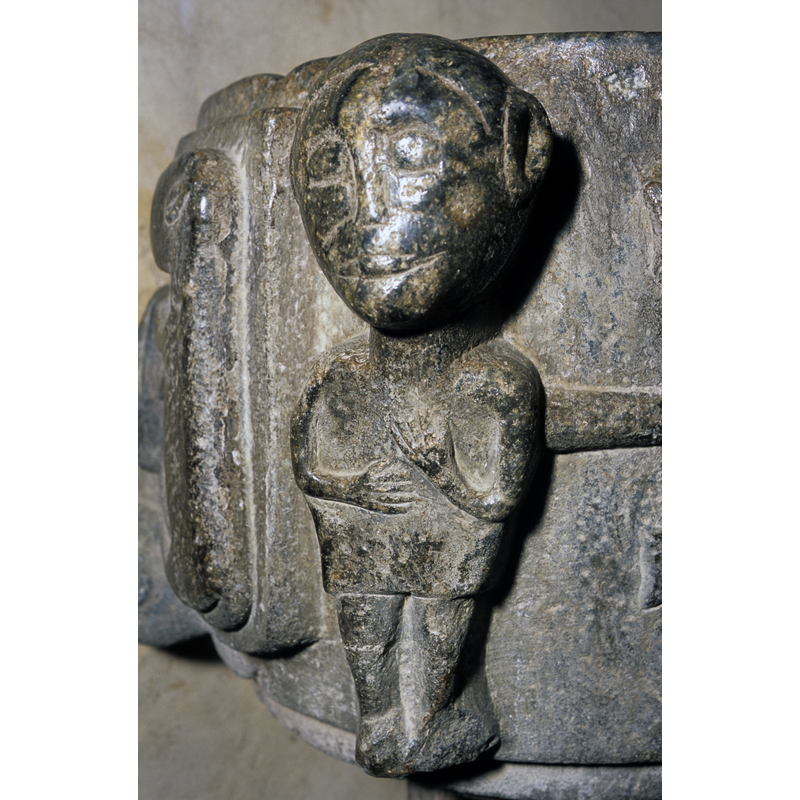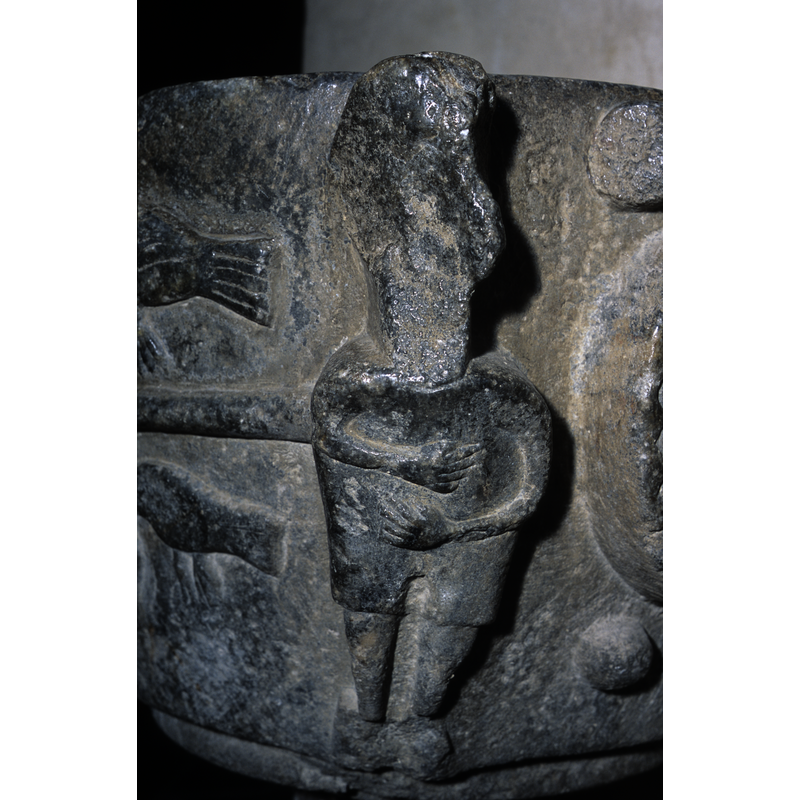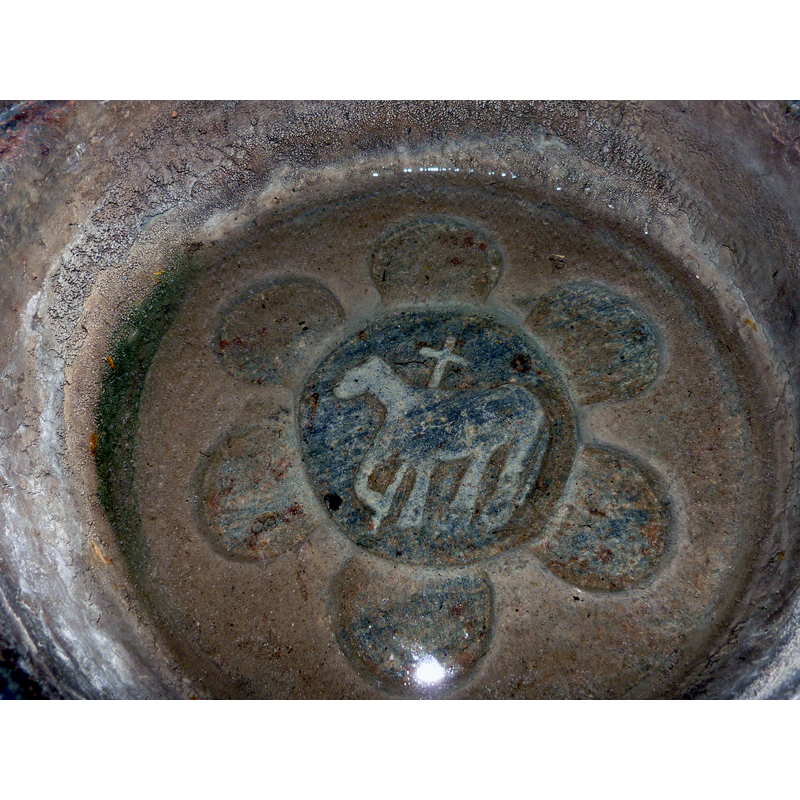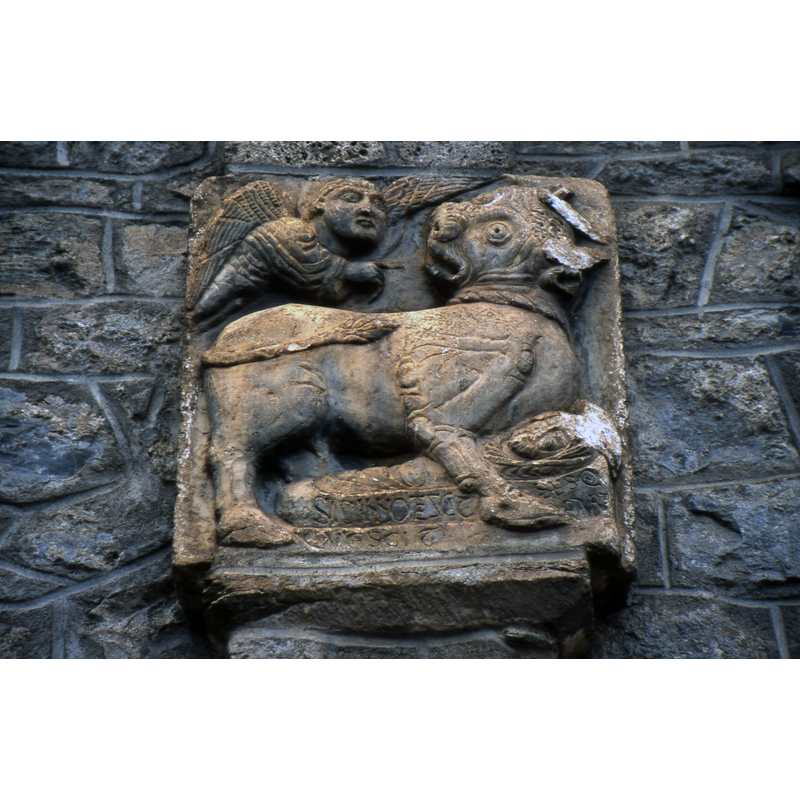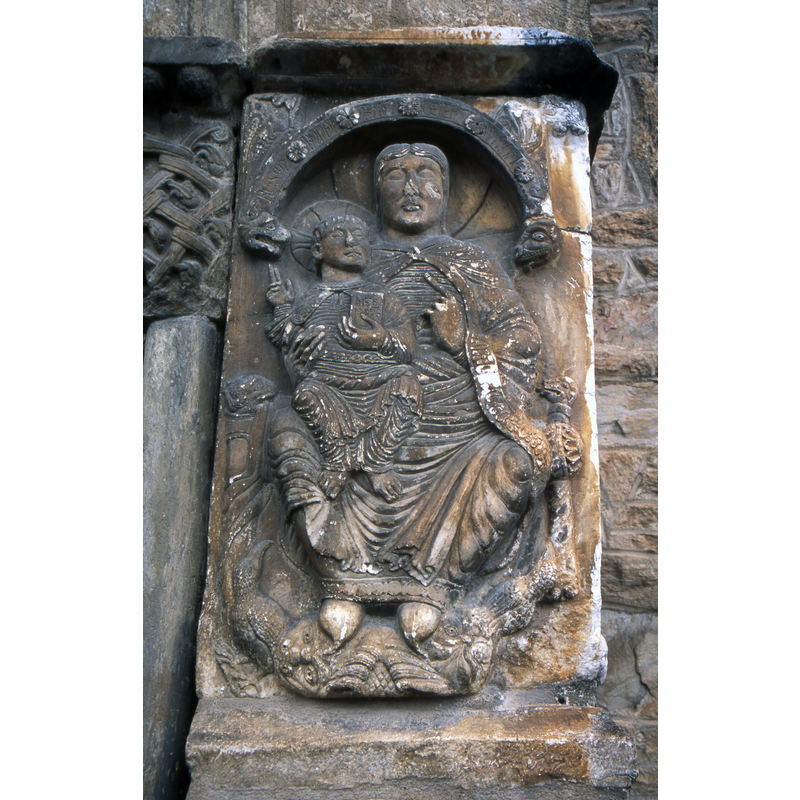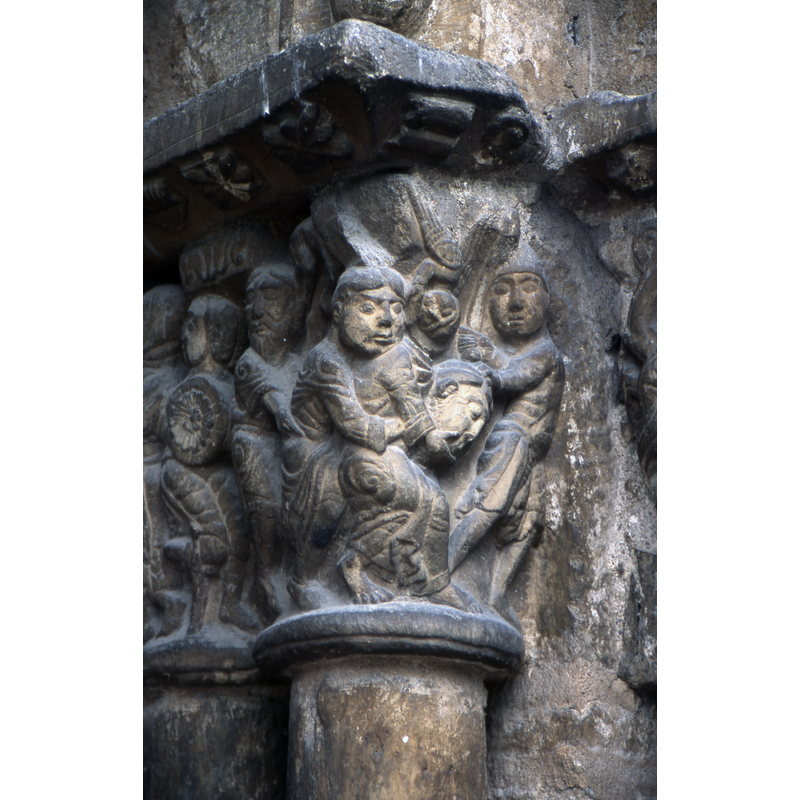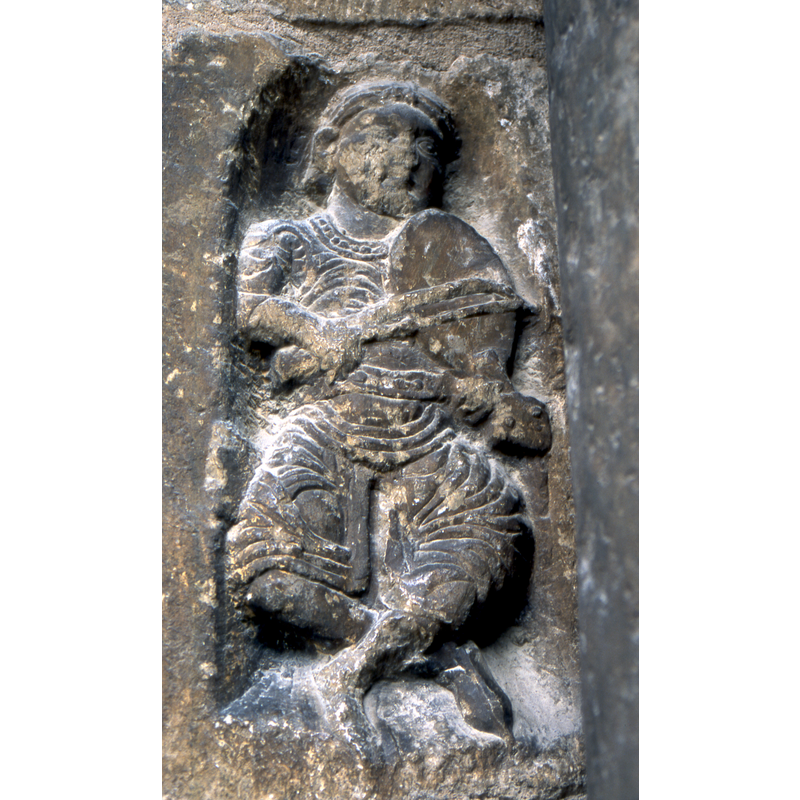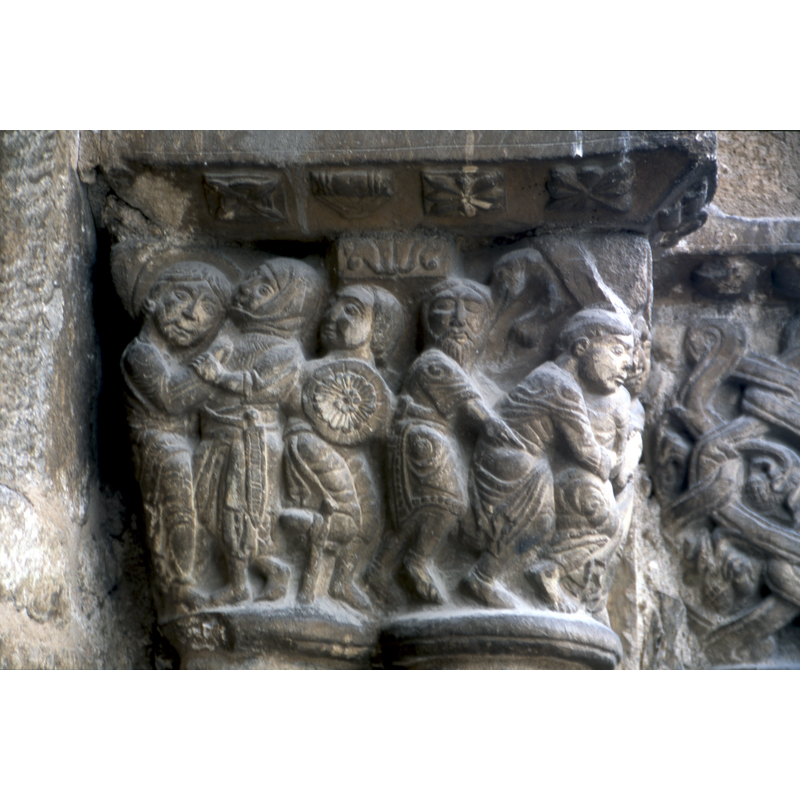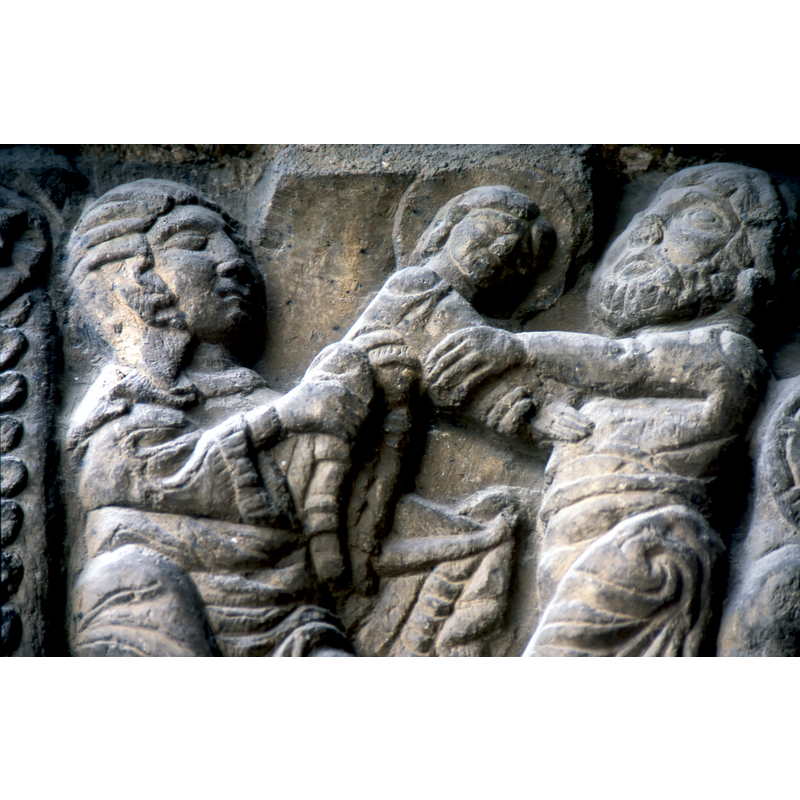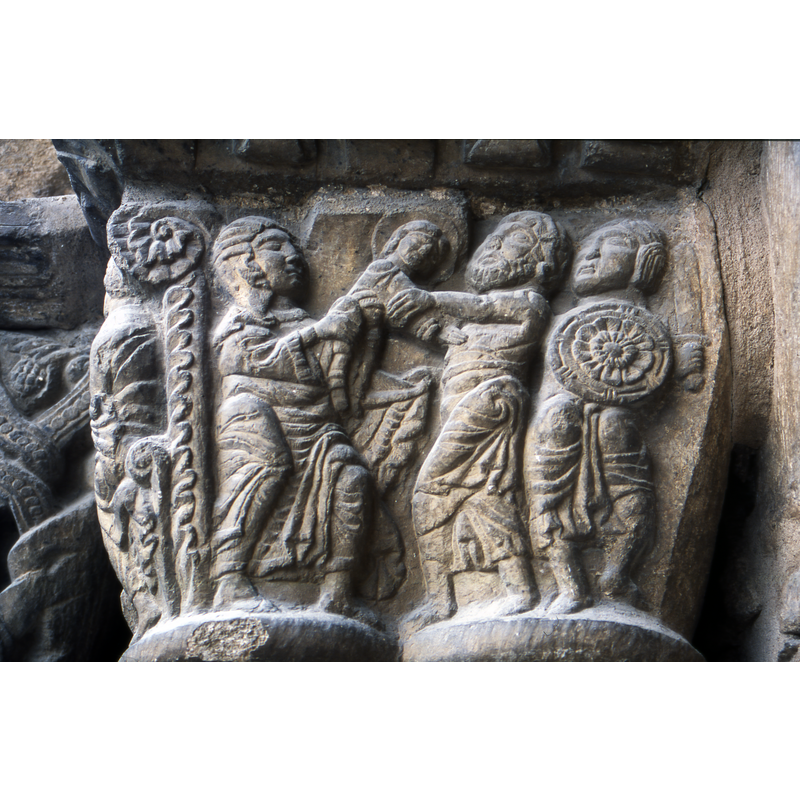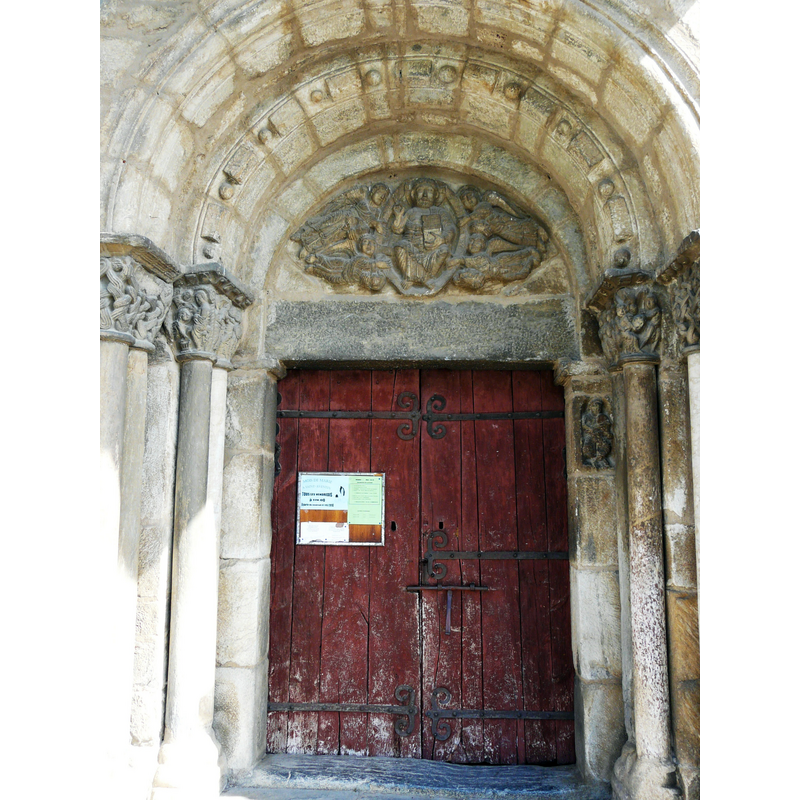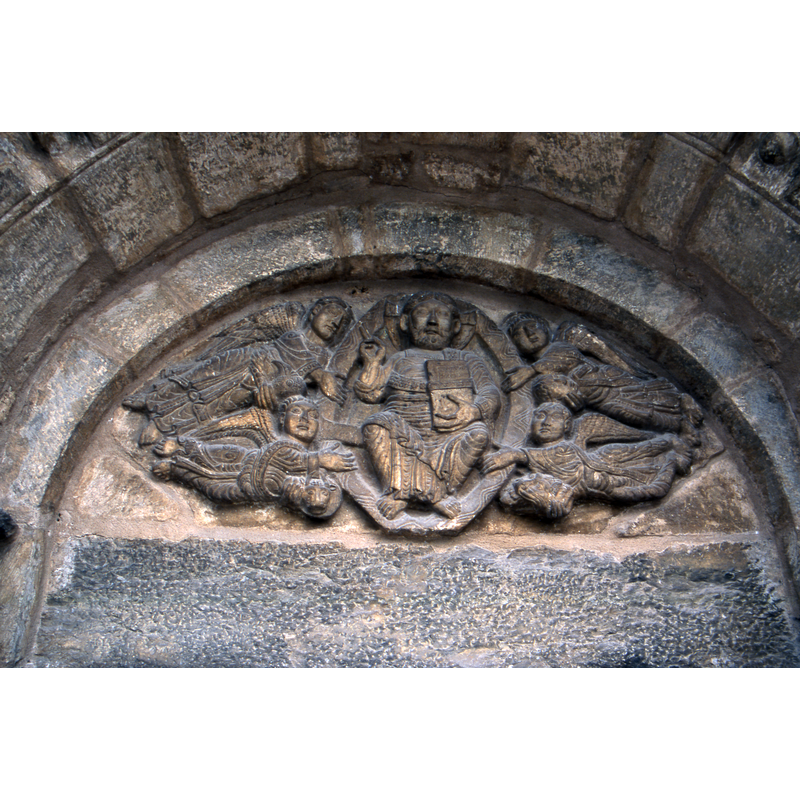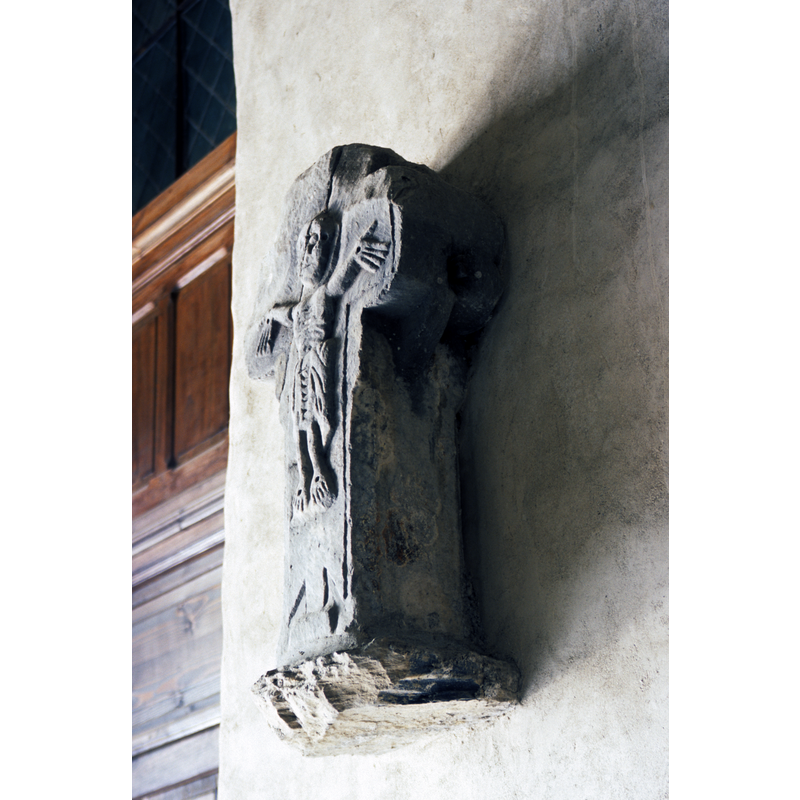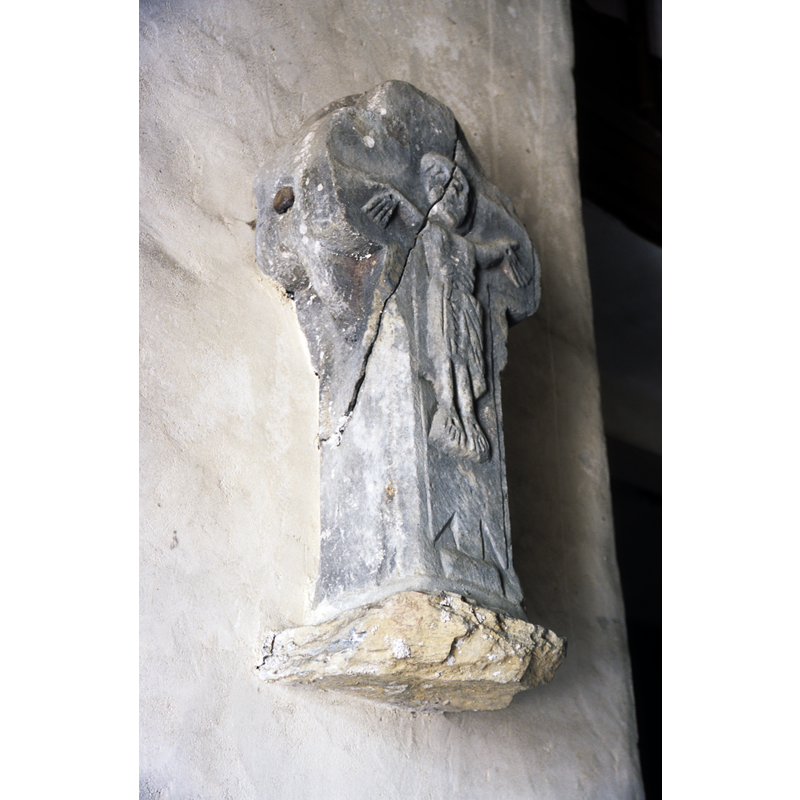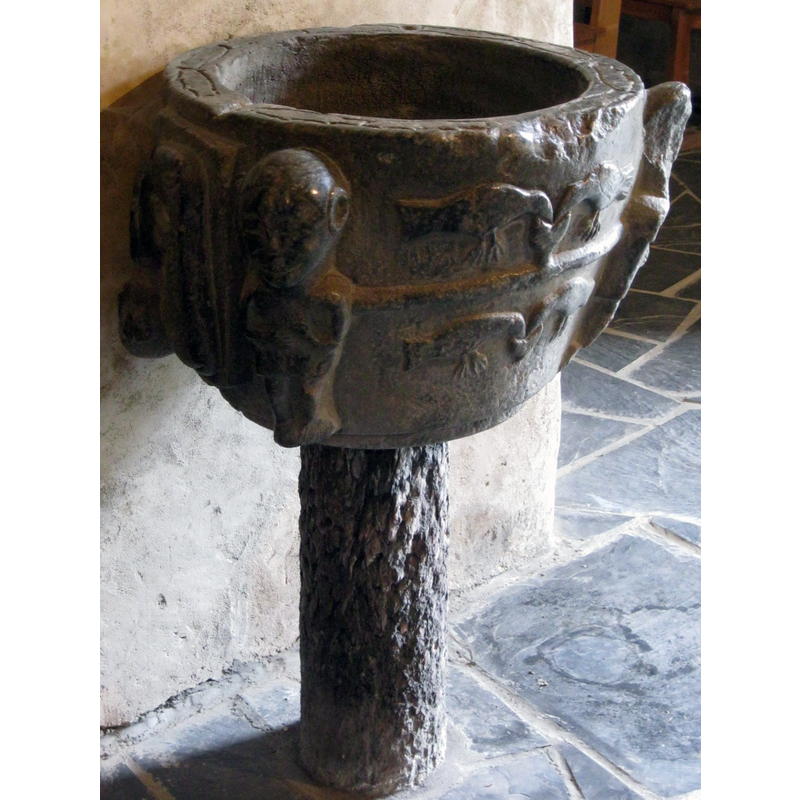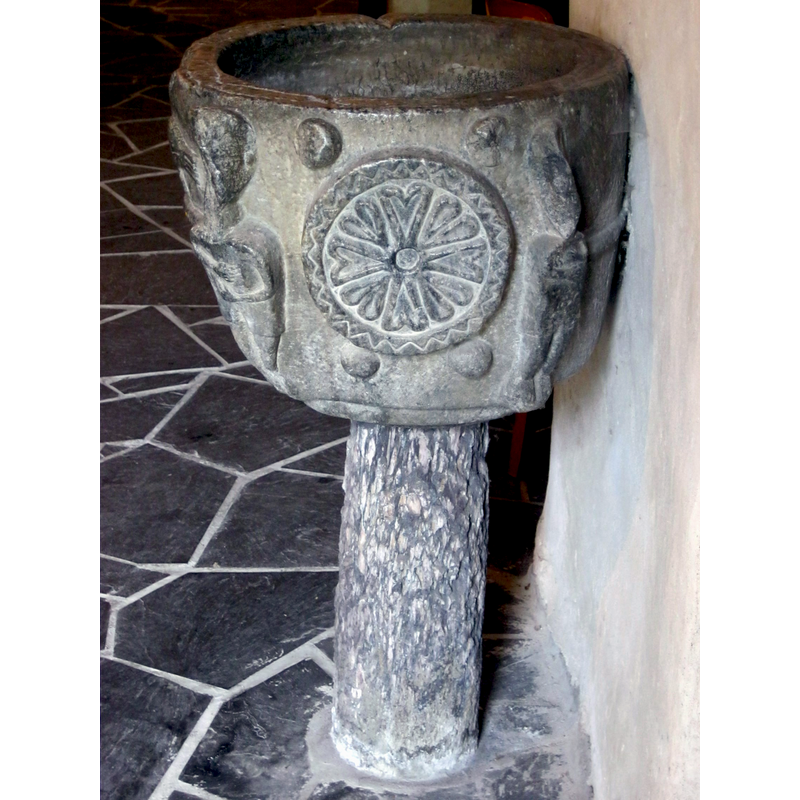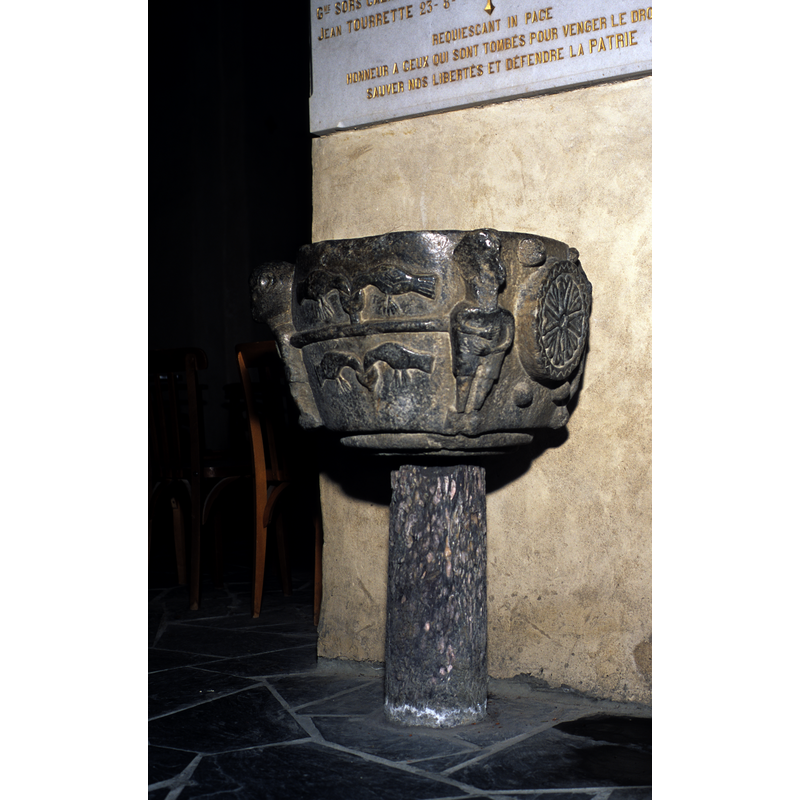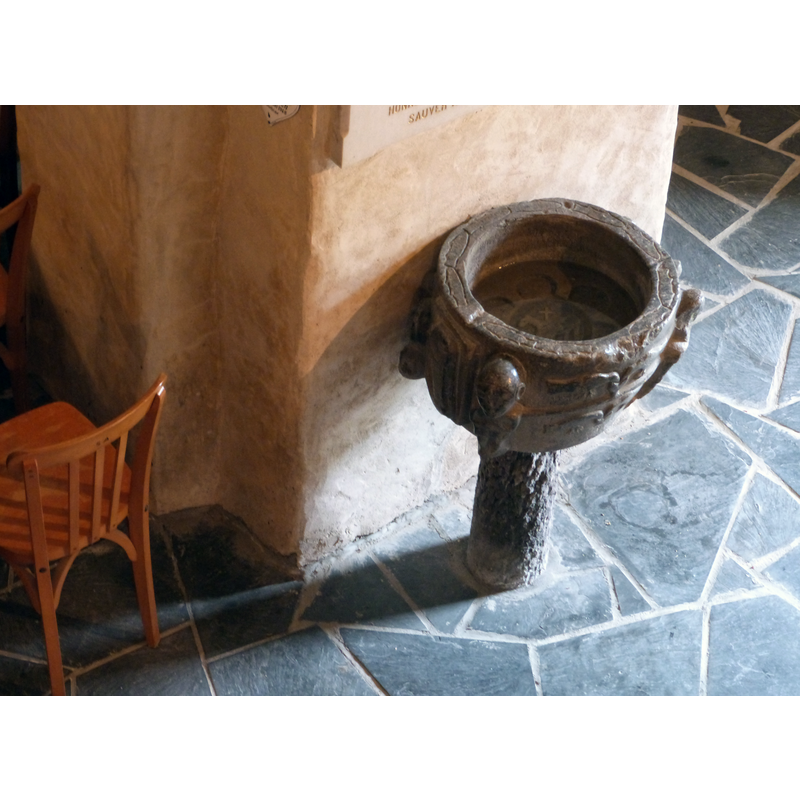Saint-Aventin No. 1 / St-Aventin

Image copyright © Baptisteria Sacra Index, 2023
Results: 33 records
Christ - Agnus Dei
animal - bird - dove - drinking from chalice - 2
animal - bird - dove - drinking from chalice - 2
animal - bird?
animal - fish - 10
animal - mammal - quadruped - vertical display
design element - motifs - zigzag
human figure - hands raised to the chest
human figure - hands raised to the chest
human figure - hands raised to the chest
information
information
symbol - cross - Greek - fleuronnée
view of basin - interior
view of church exterior - detail
view of church exterior - detail
view of church exterior - detail
view of church exterior - detail
view of church exterior - detail
view of church exterior - detail
view of church exterior - detail
view of church exterior - detail
view of church exterior - detail
view of church exterior - portal
view of church exterior - portal - tympanum
view of church exterior - southeast view
view of church interior - crucifix
view of church interior - crucifix
view of stoup
view of stoup
view of stoup
view of stoup
INFORMATION
FontID: 02248AVE
Object Type: Stoup
Church/Chapel: Eglise Saint-Aventin de Larboust
Church Patron Saints: St. Aventin
Church Location: 31110 Saint-Aventin, France
Country Name: France
Location: Haute-Garonne, Occitanie
Directions to Site: Located 5 kms W of Bagneres-de-Luchon, about 20 kms NW of the Vall d'Aran, 52 km S of Saint-Gaudens
Font Location in Church: inside the entranceway, to the right
Century and Period: 12th century, Romanesque
Church Notes: The church has some very interesting capitals inside and a freeze outside [cf. Images area], which narrate the story of St. Aventin. Other interesting pieces in this church: an odd stone Crucifixion [dated by Couzi to the 11th-12th century], a Madonna-with-Child, a statue of Isaiah, a Christ-in-Majesty tympanum, and at least one Roman ara incorporated in the external wall of the church.
Font Notes:
Click to view
Illustrated in Alcolea i Blanch (2008) recorded at a visit in 1907. A holy-water stoup said to have served as baptismal font [cf. Couzi ref. below]. The bucket-shaped basin has at least two large human figures, supposedly a cathecumen and a later representation of the same with folded arms at chest height; between them, two registers, almost identical, of a pair of doves drinking from chalice. The registers are separated by a moulding. To the right of the figure with the crossed arms is a large circle with an eight-petal flower (?) forming a cross and diagonal motif. Fish outlines are carved all over the top part of the rim. The bottom of the inside of the basin well has a deeply carved eight-petal rosette and in the inside circle of this rosette is an Agnus Dei (description based on Durliat, 1978). The Dictionnaire des églises... (1966- ) describes it as a curious grey marble stoup of the 12th century, which had been a baptismal font in earlier times, ornamented with crudely rendered human figures and symbolic animals. On-site notes: the motifs not included in the above descriptions are: a four-legged animal, carved on the vertical, located on the left side of the basin and, after it, almost hidden against the wall, an upside down figure (?) with hands on its knees (?). The extreme right side has just a continuation of the dividing moulding; there may be further motifs on the side against the wall. The two figures to the right and left of the rosette are badly damaged, probably wilfully so. The upper surface of the rim has ten (?) fish incised on it; one of the sides of this rim is slightly damaged. Besides the mentioned figures and this other minor damage, the stoup is in fair shape. It is raised on a slender cylindrical column which may or, more likely, may not have been the original base. Couzi (1895, 1913) elaborates on the iconography on this stoup: on the vertically displayed animal he writes: "La forme allongé de sa tête, celle des oreilles, des pieds et de la queue caractérisent l'Agneau, emblème de Jésus-Christ immolé" (ibid, p, 14). The odd upside down figure is "un enfant la tête en bas" who waits for "sa régénération spirituelle." The figure to the right of the animal is "soit la jeuneusse réelle du néophyte, soit la renouveau mystique que donne au catéchumène sa naissance à la vie de la grâce" (ibid., p. 15). The round motif on the opposite side od the basin is "l'emblème du Sauveur et de l'épanouissement de la foi" (ibid.), while the two figures on the sides of it bear the sign of the chosen. He explains the two pairs of drinking birds as "les colombes symboliques de l'Eucharistie qui rougissent leurs becs de sang dans la coupe mystérieuse ou dans la grappe vermeille" and suggests that, these archaic motifs notwithstanding, the stoup should not be dated to before the 11th century. (Ibid., p. 15-17)
COORDINATES
Church Latitude & Longitude Decimal: 42.806806, 0.548
Church Latitude & Longitude DMS: 42° 48′ 24.5″ N, 0° 32′ 52.8″ E
UTM: 31T 299512 4742277
MEDIUM AND MEASUREMENTS
Material: stone, marble (grey)
Number of Pieces: two
Font Shape: bucket-shaped (mounted)
Basin Interior Shape: round
Basin Exterior Shape: round
Rim Thickness: 5.5-6 cm*
Diameter (inside rim): 39-40 cm*
Diameter (includes rim): 50-52 cm* [70 cm* with heads]
Basin Depth: 15-17-19 cm* / 19 cm**
Basin Total Height: 40 cm* / 38 cm**
Height of Base: 50 cm* / 49 cm**
Font Height (less Plinth): 90 cm* / 87 cm**
Notes on Measurements: * BSI on-site [NB: depth of the inner basin well varies from 15 cm at the outer sides to 19 cm in the centre where the Agnus Dei appears] / **Couzi (1913: 17)
REFERENCES
Dictionnaire des églises de France, Belgique, Luxembourg, Suisse, Paris: R. Laffont, 1966-
Alcolea Blanch, Santiago, La missió arqueològica del 1907 als Pirineus, Barcelona: Fundació Institut Amatller d'Art Hispànic; Obra Social, Fundació La Caixa, 2008
Couzi, Adolphe, "Croix romane et le bénitier roman de Saint-Aventin", Bulletin de la Societé Archéologique du Midi, 1895, pp. 11-18; p. 11-18
Durliat, Marcel, Pyrénées romanes, La Pierre-qui-vire, Yonne: Zodiaque, 1978
Enlart, Camille, Manuel d'archéologie française depuis les temps mérovingiens jusqu'à la Renaissance, Paris: Alphonse Picard & fils, 1902
Fundació Enciclopèdia Catalana, Catalunya romànica, Barcelona: Fundació Enciclopèdia Catalana, 1984-
Laurière, J. de, Église de Saint-Aventin de Larboust, Saint-Gaudens: [s.n.], 1894
Mesplé, Paul, "Bénitiers à lobes", 3, Revue de Comminges, 1961, pp. 117-121; p. 117-121

